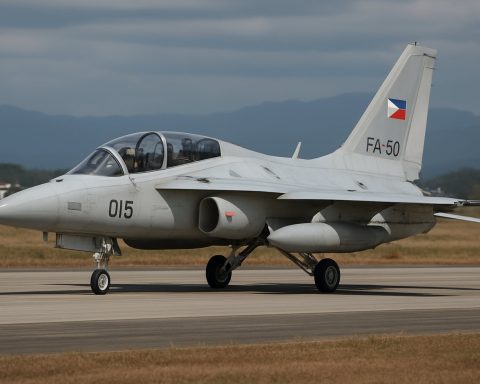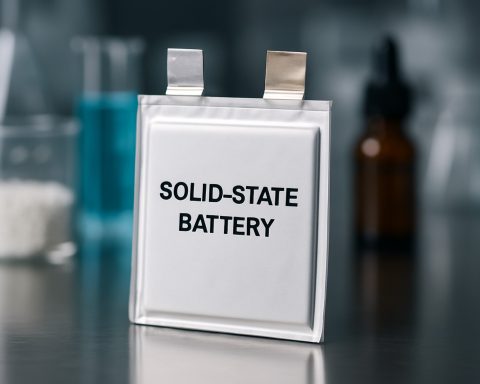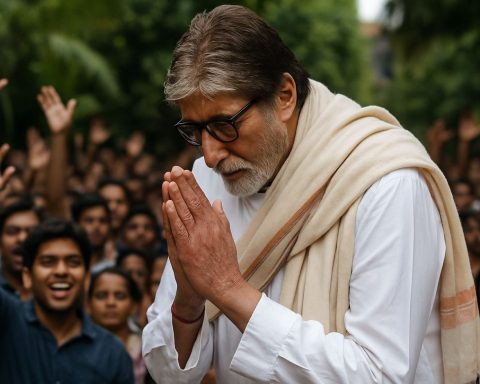- A powerful video from Hamas’ Al-Qassam Brigades shows an Israeli hostage, highlighting the human cost of regional conflict.
- Following the video’s release, rockets targeted southern Israel, intercepted by the IDF, signifying escalating tensions and unease.
- Hamas claims responsibility for the rocket attacks, emphasizing their aggressive stance in the ongoing conflict.
- Past attacks, such as the one on the Nova Festival, resulted in devastation and hostages, underscoring the conflict’s human impact.
- These unfolding narratives prompt a reevaluation of conflict dynamics and highlight the urgent need for dialogue and resolution.
- The narratives call for renewed negotiations, understanding, and the pursuit of peace, with empathy as a critical component.
- Globally, these developments remind us of the resilience of hope and the necessity for compassion in conflict resolution.
Against the backdrop of a tense conflict, emotions run high as moving images remind us of the human cost. In a stark video released by Hamas’ armed wing, Al-Qassam Brigades, an Israeli hostage’s candid expression of despair captures attention across the globe. He sits with weary eyes, conveying a haunting mix of fear and vulnerability, as he voices an unsettling loss of hope.
This jarring footage emerges just as tensions in the region escalate further. Shortly after the video’s release, sirens wail across the southern regions of Israel, heralding the interception of three rockets aimed towards the border area near Nir Yitzhak. While the Israeli Defence Forces (IDF) successfully neutralize these threats, unease echoes among local communities, bracing against growing volatility.
Hamas quickly claims responsibility for the rocket attack, reaffirming the group’s aggressive stance and further stoking the fires of conflict that began with the attack on the Nova Festival on October 7, 2023. This event left a trail of devastation and hostages, among them, Maxim Herkin and Bar Kuperstein, who were previously featured in hostage videos. Each video serves as a grim reminder of the enduring human cost in this conflict.
As these dramatic narratives unfold, they challenge us to reconsider our understanding of conflict dynamics in the region. Emotional and raw, these visuals and events underscore an urgent need for dialogue and resolution. The impact of these developments filters down through communities on both sides—many caught in a cycle of fear and reprisal, hoping for peace yet preparing for tension.
The video, the rockets, the haunting stories of those held captive—they all paint a vivid picture of the profound struggles faced by those ensnared in this long-standing conflict. Behind these crises lie countless human stories, a clarion call for compassion amid hostility.
The key takeaway here is a call to action: the importance of renewed negotiations, understanding, and above all, the imperative pursuit of peace. As tensions build, the world watches, reminded once again of the resilience of hope and the profound need for empathy in resolving the bitterest of disputes.
Stark Realities: How Hostage Videos and Rocket Attacks Shape the Conflict Narrative
Understanding the Current Tensions in Israel and Gaza
The ongoing conflict in the Gaza-Israel region remains one of the most complex geopolitical challenges of our time. With the release of a poignant video by Hamas’ armed wing, the human cost of this strife has been thrust into the global spotlight. The video features an Israeli hostage who emotionally expresses a profound sense of despair, illustrating the human toll of ongoing hostilities.
Additional Context and Insights
1. Historical Backdrop: The October 7, 2023, attack on the Nova Festival marked a significant escalation in tensions. This event catalyzed a series of violent exchanges, notably involving hostage-taking and rocket attacks. These actions by Hamas are part of broader patterns of violence, deeply rooted in historical grievances and political disagreements.
2. Impact on Communities: On both sides, civilians are caught in a cycle of fear and anticipation of further violence. Many have been forced to live with intermittent threats of rocket fire and military retaliations, impacting mental health and disrupting everyday life.
3. International Reactions: Global leaders have called for restraint and renewed efforts toward peace processes. The international community, including bodies like the United Nations, often finds itself involved in negotiating ceasefires and delivering humanitarian aid.
Analysis of Recent Developments
– Rocket Attacks and Defenses: The sirens and subsequent defense actions highlight Israel’s robust missile defense systems, such as the Iron Dome, designed to intercept and destroy short-range rockets and artillery shells.
– Propaganda and Psychological Impact: Videos of hostages serve multiple purposes, including propaganda and exerting psychological pressure on the Israeli public and government. These videos amplify the emotional stakes, drawing international media attention and sometimes swaying public opinion.
Real-World Use Cases and Predictions
– Advocacy for Peace: The emotional content of videos and stories from hostages can be leveraged by peace activists to promote empathy and encourage dialogue. The human stories behind these events have the power to transcend political divides and appeal to broader humanitarian concerns.
– Technological Implications: The ongoing conflict underscores the importance of technological innovation in defense systems. Advances in missile detection and interception technologies can have broader implications for global military strategies, increasing the demand for similar systems worldwide.
Building Resilient Communities
– Community Support Networks: Establishing and strengthening local support networks can help foster resilience among affected communities. Mental health services and community-building initiatives can mitigate the psychological impacts of living in conflict zones.
– Education and Advocacy: Educating the global public on the historical and current realities of the conflict can foster better understanding and empathy. Advocacy groups can utilize media to spread balanced narratives that consider all sides of the conflict.
Conclusion: Actionable Recommendations
1. Promote Dialogue: Encourage diplomatic engagement at all levels. Individuals can support organizations working for dialogue and peacebuilding.
2. Support Humanitarian Efforts: Consider donating to humanitarian organizations aiding people affected by the conflict. Contributions can provide food, medical aid, and psychological support.
3. Stay Informed: Follow reliable news sources to understand the ongoing developments. Awareness is a step toward advocacy for peace and empathy.
Suggested Resources
– For more on this topic, visit United Nations for updates on international peace efforts.
– Learn about human rights and humanitarian support at Human Rights Watch.
By focusing on understanding and empathy, individuals and communities worldwide can contribute to a peace-building process, fostering hope amid ongoing conflict.







